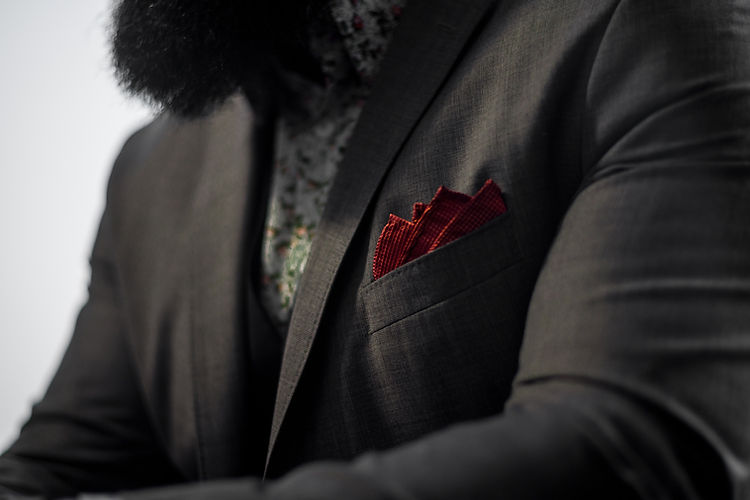About the trouser length
- Vu Pham
- Jun 26, 2023
- 2 min read
Updated: Sep 16, 2023
What is your most favorite trouser length? No break, slight break or full break?

Rule 1: Trousers should have one clean break at the front, and none at the back
Rules are there for a reason, but there is nothing wrong with breaking them.
These statements are not contradictory. That is one of the most important things to understand about the traditions of menswear.
All rules have a rationale behind them. They are useful rules of thumb that become formalised over time.
And they become formalised because they have practical advantages that encourage men to apply them regularly.
So why is the generally recommended length for men’s trousers? Because it creates a clean line at the back of the trouser, adding to the lengthening silhouette that is the suit’s main aesthetic advantage.
But, when a man is walking they have sufficient length to not flap around and expose the ankle.

If the trouser were longer, it would create a puddle of folds that could ruin the silhouette of a suit, dragging the eye down and making a man look shorter.
If the trouser were shorter, it would flap around the ankle and remove any elegance – probably reminding the viewer of a schoolboy in short pants.
That’s why the rule, or guideline, exists. But once you know this, there is nothing wrong with breaking it. Knowing why the rule is there helps you break it well.
For example, men on the European continent tend to wear their trousers shorter. They do that because they like a clean line at the front of the trouser as well as the back, and don’t mind exposing their footwear, and perhaps their socks, to more inspection.

Both are more a part of their outfit than for a English or American man. To quote one famous Italian “I don’t necessarily want people to see my socks, but I want to make sure they can see my shoes.”
Now, if men on the continent simply wore their trousers shorter, they would encounter the aforementioned problem with flapping. But they aware of the rules and why they exist. So they wear their trousers narrower as well, fitting them closer to the ankle and minimising any flapping.
Personally, I tend more towards the longer length with more formal clothing like suits, and towards the latter with more casual trousers.
Once you know why the rules are there, you can work out how to break them effectively.
(It’s also worth remembering that while trousers can be slanted at the bottom a little to minimise the break at the front, this is less possible on turn-ups, such as those shown above. They therefore often have to sit a little higher.)



Comentarios